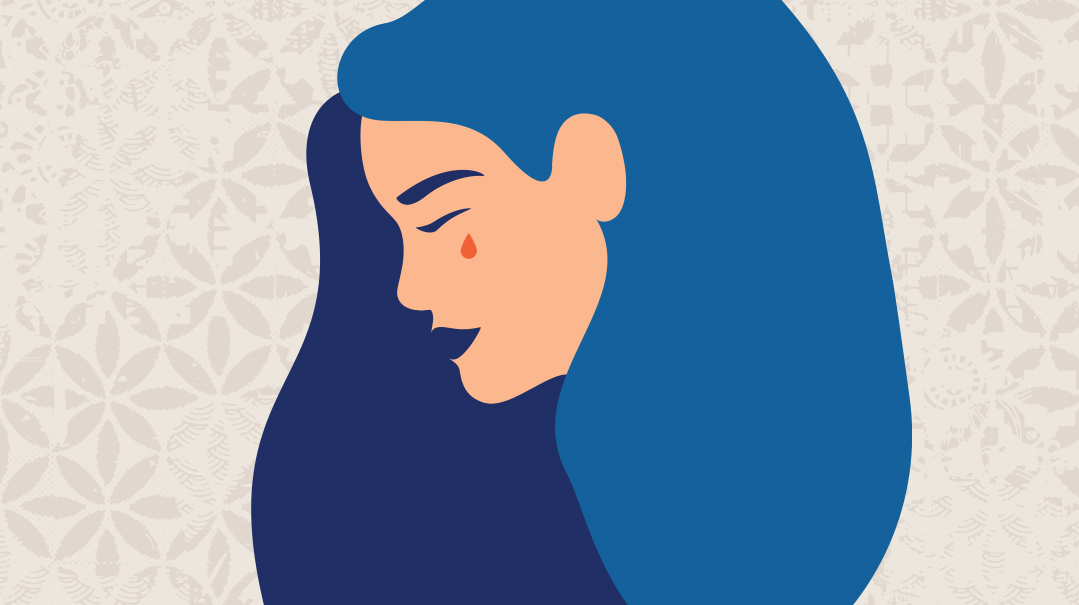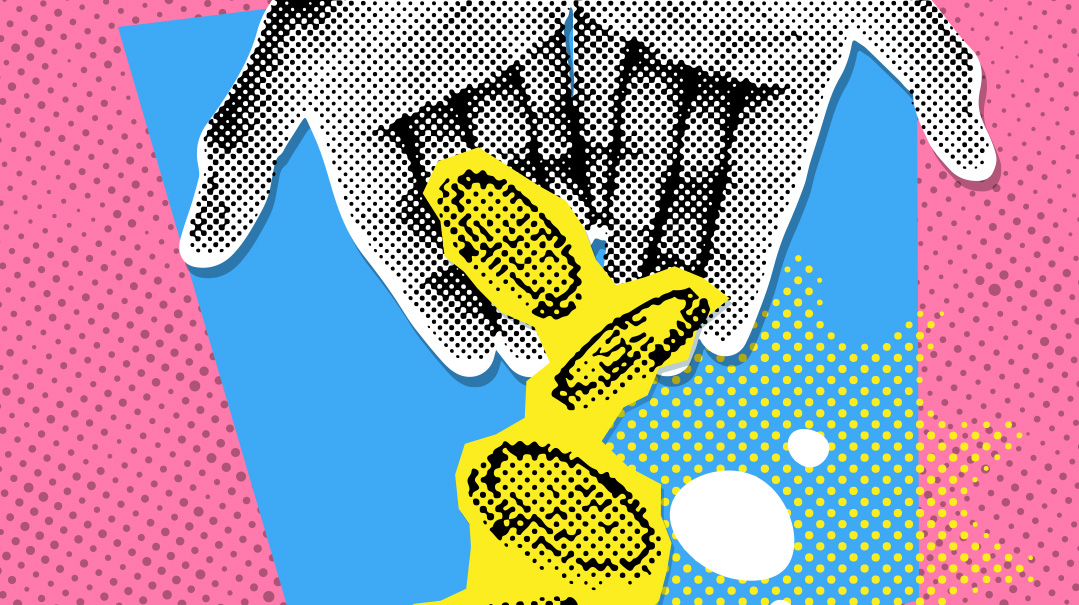The Price of Love
| November 14, 2023We cannot allow the fear of loss to rob us of the greatest depth and joy that life has to offer

The Price of Love
Sara Eisemann
Grief only exists where love lived first.
—F. Cox
Grief has taken center stage in our collective lives over the last few weeks. Hope, fear, loyalty, pride, faith, and unity all join hands and form a circle around it, but still it looms large. The losses we have sustained are staggering and not yet completely known. We are the Tzion that we read about in Megillas Eichah. We are living the loss in real time, and we wear the grief like a cloud draped around us.
At the same time, a fierce love is poking through the haze. A passionate awakening of our deep ties is emerging. What we have lost reminds us of what we have. The loss burns deeply in our souls, but it only hurts so much because we love so much.
Elie Wiesel pointed out, “The opposite of love isn’t hate, it’s indifference.” Sometimes we confuse our difference of opinions with hatred, when in fact they are just evidence of how much we care. Our nation beats with one heart, albeit with different chambers, and our fiery feelings originate from the same source.
The connection makes the loss unbearable. Be it on a national level or a personal level, love is the backdrop of grief. It flows in both directions. Feeling grief is evidence that love exists. And feeling love makes us vulnerable to the ravages of grief. If we didn’t care, it wouldn’t matter. To grieve is to actually hear our own heart breaking. And it means that whoever and whatever we are mourning was actually living in our hearts. If this war has taught us anything, it is how genuinely we love every Jew.
The price of love is grief. To love means to live with the fear that what we care about can be taken from us and that the intensity of the pain can topple us over. It’s the inherent risk of being human. But ultimately, the only cost greater than grief is indifference and a heart of stone.
Yes, to love is hard. It feels dangerous and vulnerable. But to have lived and not loved is a tragedy worse than death. We come to this world to love — ourselves, each other, and Hashem. Walking through this world with an open heart is the ultimate gift, and, like every truly precious gift, it’s fragile. But there is no other way.
There is so much to fear these days. But we can’t fear love. We cannot allow the fear of loss to rob us of the greatest depth and joy that life has to offer.
There is so much mourning now, unspeakable, unquantifiable mourning. May it awaken in equal measure the love we may not have even known existed between us.
Sara Eisemann, LMSW, ACSW, is a licensed therapist, Directed Dating coach and certified Core Mentor.
Freefall!
Dr. Jennie Berkovich
I felt it before I heard it. A definitive “thump” rattled the thin walls between my room and my toddler’s, and after a brief pause, the expected wail came. “Mommmmmyy!!!!!!!” Right on schedule, just a few weeks after turning two, my son had decided to exit his crib on his own terms.
In the pediatrician’s office, too, one of the common concerns parents share is dealing with toddlers who have mastered the art of climbing out of their cribs. There are a few different approaches and options to decrease the risk of little keppies hitting floors.
- Mattress on the floor: For toddlers who’ve begun climbing out of their cribs, lowering the mattress to the floor can be a safe interim solution. In some models you can lower the mattress to the lowest crib setting, and in others you can place the mattress directly on the floor while still keeping the crib frame around it. This minimizes the risk of falls and injuries, while keeping the toddler contained.
- Crib with rails: Some cribs allow for the removal of one side to transform them into a daybed, still featuring safety rails. This option can provide a sense of familiarity to your child while offering more independence.
- Transition to a toddler bed: If your toddler has outgrown the crib or shows a consistent interest in climbing, it may be time to transition to a low toddler bed with safety rails. This step promotes independence and allows your child to get in and out of bed safely.
Whichever approach you take, it’s important to ensure that the room is free of hazards. The goal is to make their room one big crib. Remove any sharp or heavy objects, secure furniture to the walls, and install safety gates on stairs.
Maintain a consistent bedtime routine and make the transition from contained crib to toddler bed as smooth as possible by using positive reinforcement. Encourage your child to stay in their bed, while keeping in mind this may take time.
Remember that every child is unique, and the approach you choose should be based on their individual development and needs. Consult with your pediatrician to help choose the method that aligns best with your toddler’s personality and stage of development.
Dr. Jennie Berkovich is a board-certified pediatrician in Chicago and serves as the Director of Education for the Jewish Orthodox Medical Association (JOWMA)
Coming Back to Center
Hadassah Eventsur
People who are neurodivergent can be more prone to operating on two emotional settings: on or off. When they’re “on,” they experience intense emotions such as passion or anger, or find themselves in a state of unbreakable concentration, When they’re “off,” they find themselves disinterested and unmotivated, feeling little or no emotion.
A neurotypical person usually has the benefit of a built-in dimmer switch for their emotions and has more choices or ranges of responses. Instead of “on” and “off,” they have gradients of emotions.
If you struggle with emotional regulation, start by identifying where your emotions are on a scale of 1–10 (from no emotion to intense emotion). If you notice that you hover much of the time around 1–2 or 9–10, use that as a cue to help you recognize when you’re in a dysregulated state. From there you can use strategies to bring yourself back to midrange. The goal is not to avoid or suppress feelings, it’s to be in a more regulated state for longer periods of time.
Hadassah Eventsur, MS, OTR/L is a licensed occupational therapist with over 20 years of experience, and a certified life coach in the Baltimore, MD area.
(Originally featured in Family First, Issue 868)
Oops! We could not locate your form.







